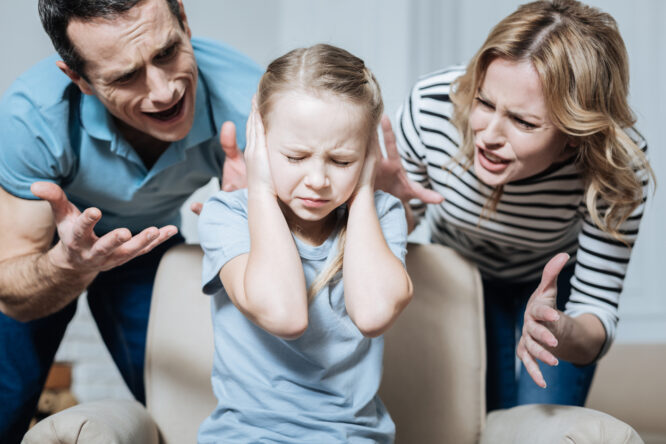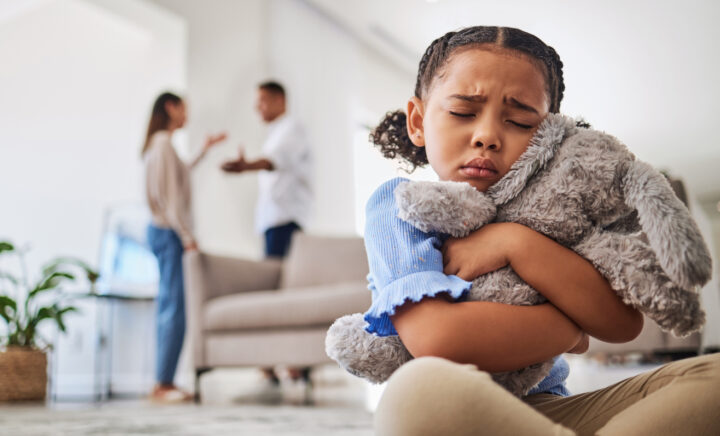The internet is changing and growing faster than ever, and while it opens up a lot of opportunities for kids, it also creates new risks that weren’t even on the radar a few years ago.
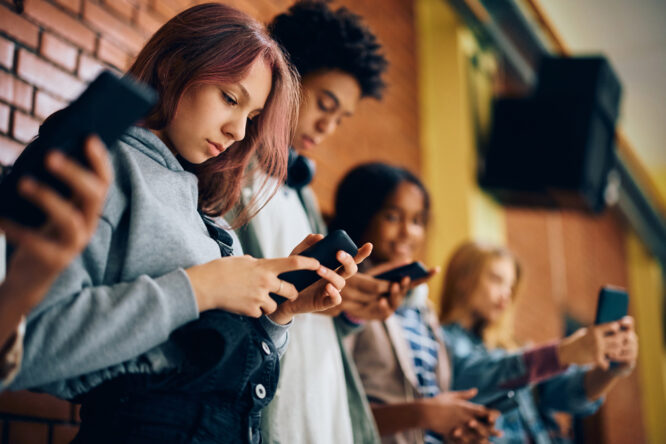
As a parent, staying aware of what’s happening online doesn’t mean you have to resort to spying or panicking. Instead, you just need to be tuned in enough to guide and protect without smothering. These are some of the online trends that are shaping cultural trends, and why it’s more important than ever to keep an open, ongoing conversation with your child about the digital world they’re growing up in.
1. AI deepfake apps are getting dangerously accessible.
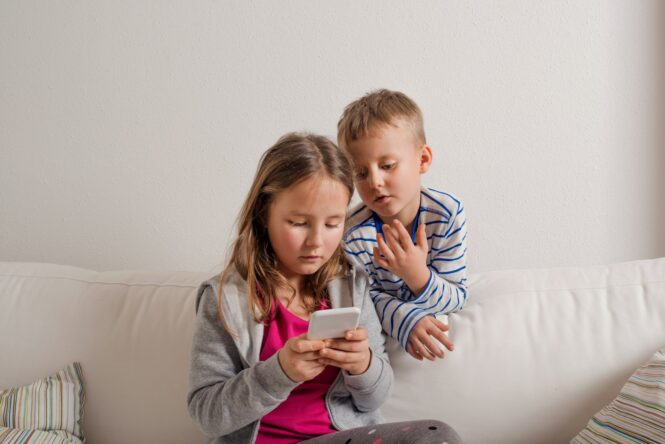
One of the scariest trends right now is the rise of apps that use AI to create deepfake images, including fake nudes of children. These apps are spreading quickly, and even though creating or sharing explicit images of minors is illegal, the apps themselves remain legal for now.
In the UK, the Children’s Commissioner is pushing for urgent action. Kids, especially teenage girls, are feeling less safe about posting photos online. Even innocent selfies can be weaponised. Parents need to have real conversations about how easily images can be misused in today’s tech landscape.
2. New UK rules on online safety are finally kicking in.

From July 2025, Ofcom will enforce new regulations to make platforms safer for children. This includes mandatory age checks, tougher content filters, and faster removal of harmful material. It’s a positive step, but enforcement will take time. Parents should still be cautious and talk to kids about navigating online spaces critically, even if new safety nets are being introduced. No system is flawless yet.
3. Anonymous apps are making a comeback—with risks.

Apps that allow completely anonymous posting and messaging are resurging among teens. While they seem fun on the surface, they can quickly lead to cyberbullying, inappropriate sharing, and unsafe interactions. Reminding kids that anonymity doesn’t equal safety—or kindness—is crucial. Just because someone isn’t using their real name doesn’t mean their words can’t cause real harm.
4. Livestreaming culture is reaching younger kids.

More children, even under 13, are livestreaming their lives on apps like TikTok, YouTube, and newer platforms like Yubo. The pressure to perform live can expose kids to real-time dangers, from bullying to predators. It’s important for parents to understand how livestreaming works and help kids set strong privacy boundaries. Watching a curated video is one thing—broadcasting live is an entirely different risk.
5. “Finstas” and private accounts are the new norm.

Many teens now have multiple social media profiles—a public one, and a “finsta” (fake Instagram) or secret account for close friends. These private spaces can feel safer to them but can also make it harder for parents to know what’s really happening. Rather than policing accounts aggressively, it helps to keep open lines of communication. Let your child know you respect their need for privacy—but that they can always come to you if something crosses a line.
6. Mental health challenges linked to social media are rising.
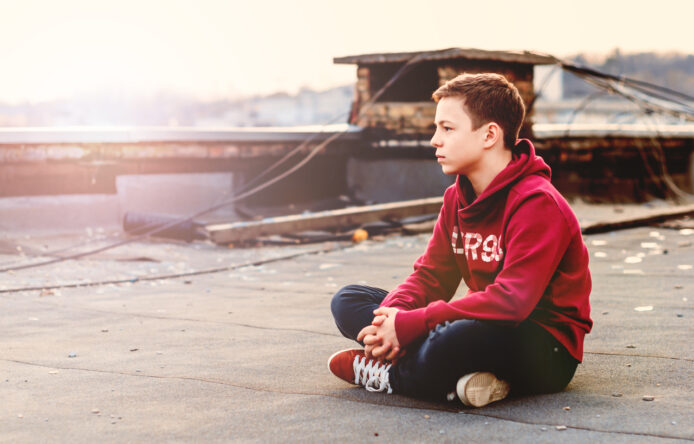
New studies continue to show a link between heavy social media use and anxiety, depression, and body image issues in young people. Algorithms are getting smarter—and sometimes, more damaging—at pulling vulnerable kids deeper into harmful content spirals.
Teaching kids critical thinking about what they consume online matters more than ever. Encouraging regular digital breaks and modelling a healthy relationship with screens yourself can help more than constant nagging ever will.
7. AI “friends” and chatbots are blurring emotional boundaries.

AI companions like Replika and new friendship bots are becoming popular among teenagers who feel isolated. While they can offer support, these bots sometimes reinforce unhealthy behaviours or skew a child’s expectations about real relationships.
Parents should be aware that while AI chats might seem harmless, they can subtly impact how kids process emotions and trust. Conversations about real-life friendships and emotional resilience are still critical offline.
8. Influencer culture is shifting toward “authentic chaos.”

Where curated, perfect feeds used to dominate, today’s trend is toward chaotic, seemingly raw and “relatable” content. But even “messy” influencers carefully craft their image, which can still create unrealistic standards for kids trying to figure out who they are. Helping young people understand that even “authenticity” online is often carefully performed can protect them from feeling like they’re constantly falling short in their real lives.
9. Gamified apps are being used to hook younger kids.
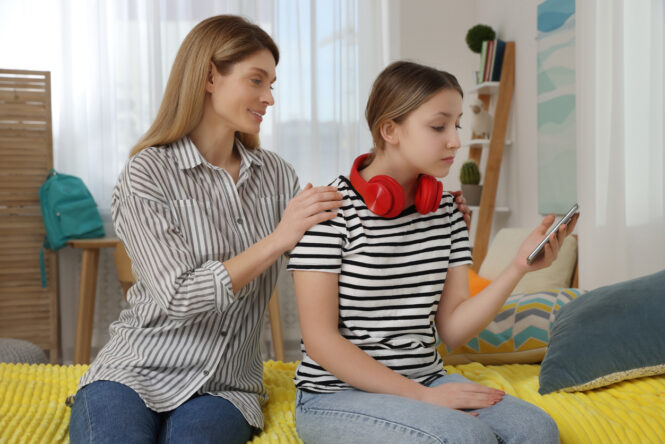
Many non-gaming apps (like educational tools, fitness trackers, and even finance apps) are now gamifying their interfaces to encourage more usage. For kids, this can lead to longer screen times without realising it—and sometimes manipulative reward cycles. Teaching kids to notice when apps are trying to make them stay longer—and asking, “Is this helping me or just hooking me?”—is an important digital skill for this year and beyond.
10. “Edutainment” influencers are exploding, and they’re not all qualified.

There’s a new wave of content creators who blend education with entertainment across TikTok, YouTube, and Instagram. Some offer genuinely helpful information, but others spread misinformation under the banner of “teaching.” Encouraging kids to double-check information, especially health, mental health, and life advice—can help them develop a healthy scepticism. It’s not about making them cynical; it’s about making them smart consumers of online knowledge.
11. Hidden advertising is more subtle than ever.
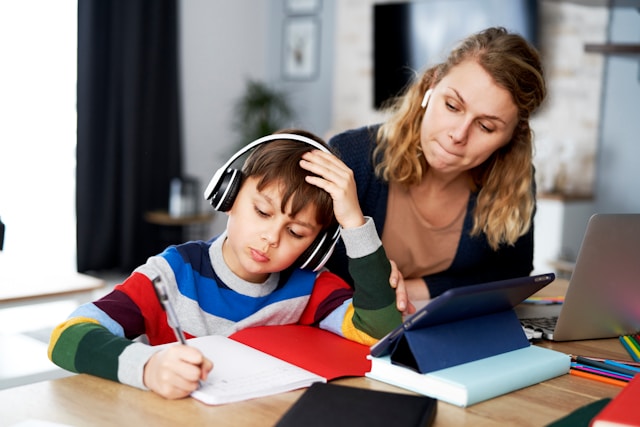
These days, advertising isn’t always marked clearly. Many influencers integrate brand promotions seamlessly into their content, making it harder for young viewers to recognise when they’re being sold something. Helping kids spot the signs of sponsored content and talk openly about advertising strategies arms them with power, rather than leaving them vulnerable to constant persuasion disguised as friendship or advice.
12. Group chat dynamics are getting harder to navigate.

Whether it’s on WhatsApp, Snapchat, or private Discord servers, group chats have become a central part of young people’s social lives. But they can also become hotbeds for exclusion, bullying, and peer pressure without adults ever knowing. Encouraging your child to reflect on how certain chats make them feel—and letting them know they have the right to leave any digital space that feels toxic—can build stronger digital boundaries and emotional resilience over time.


